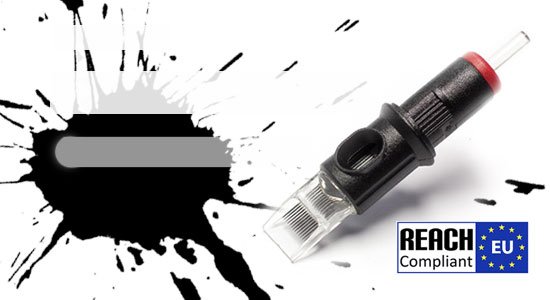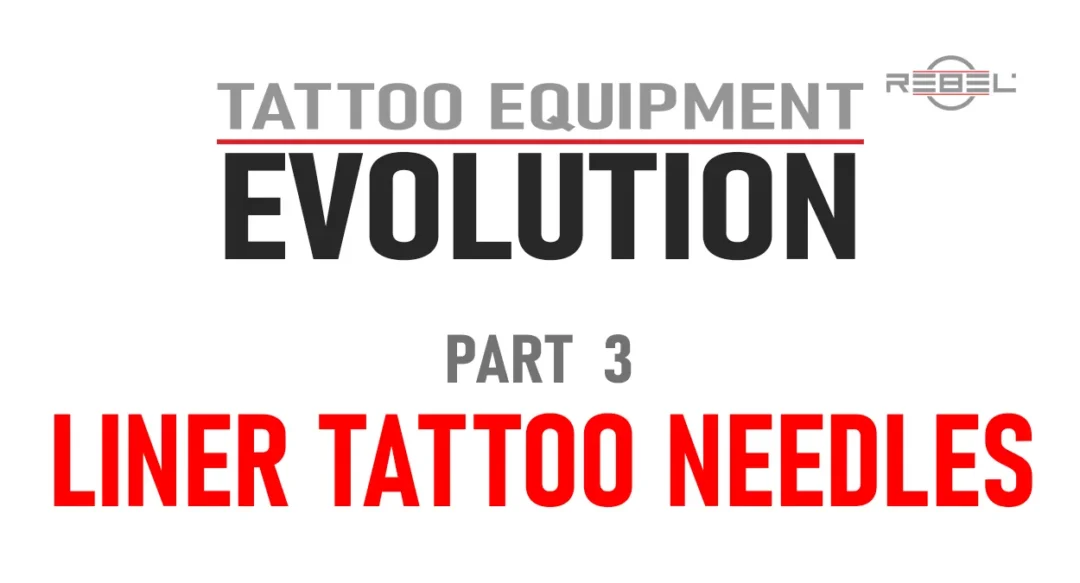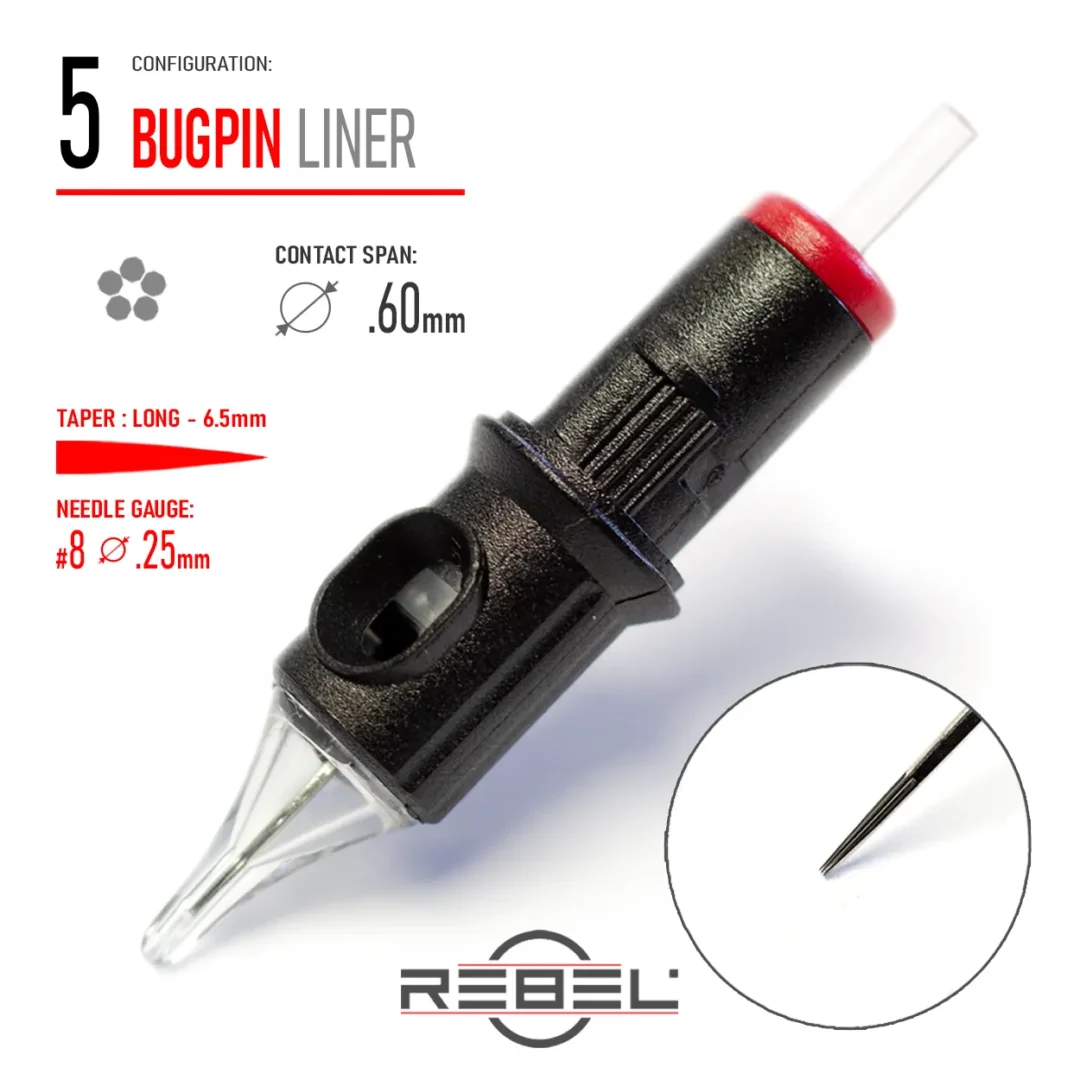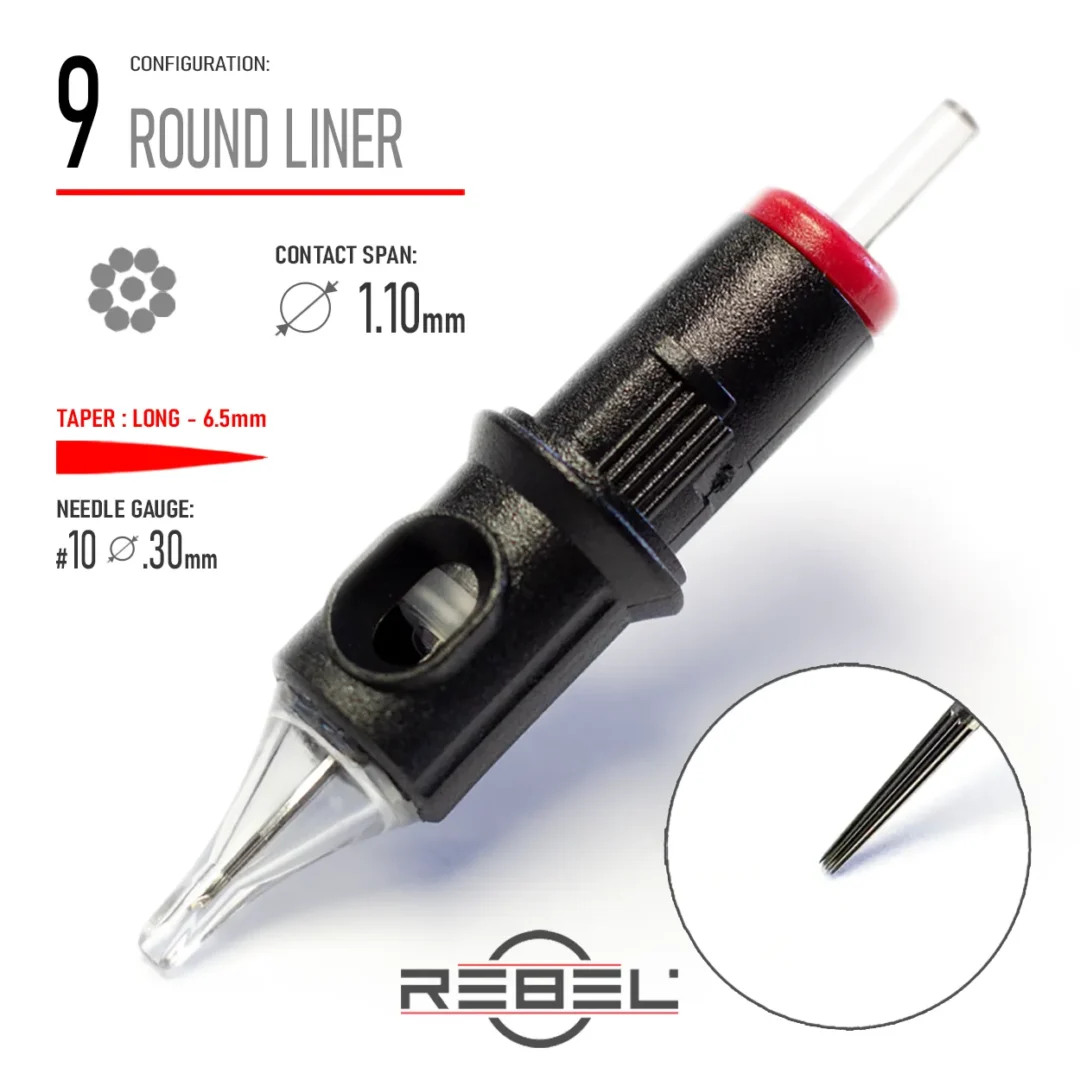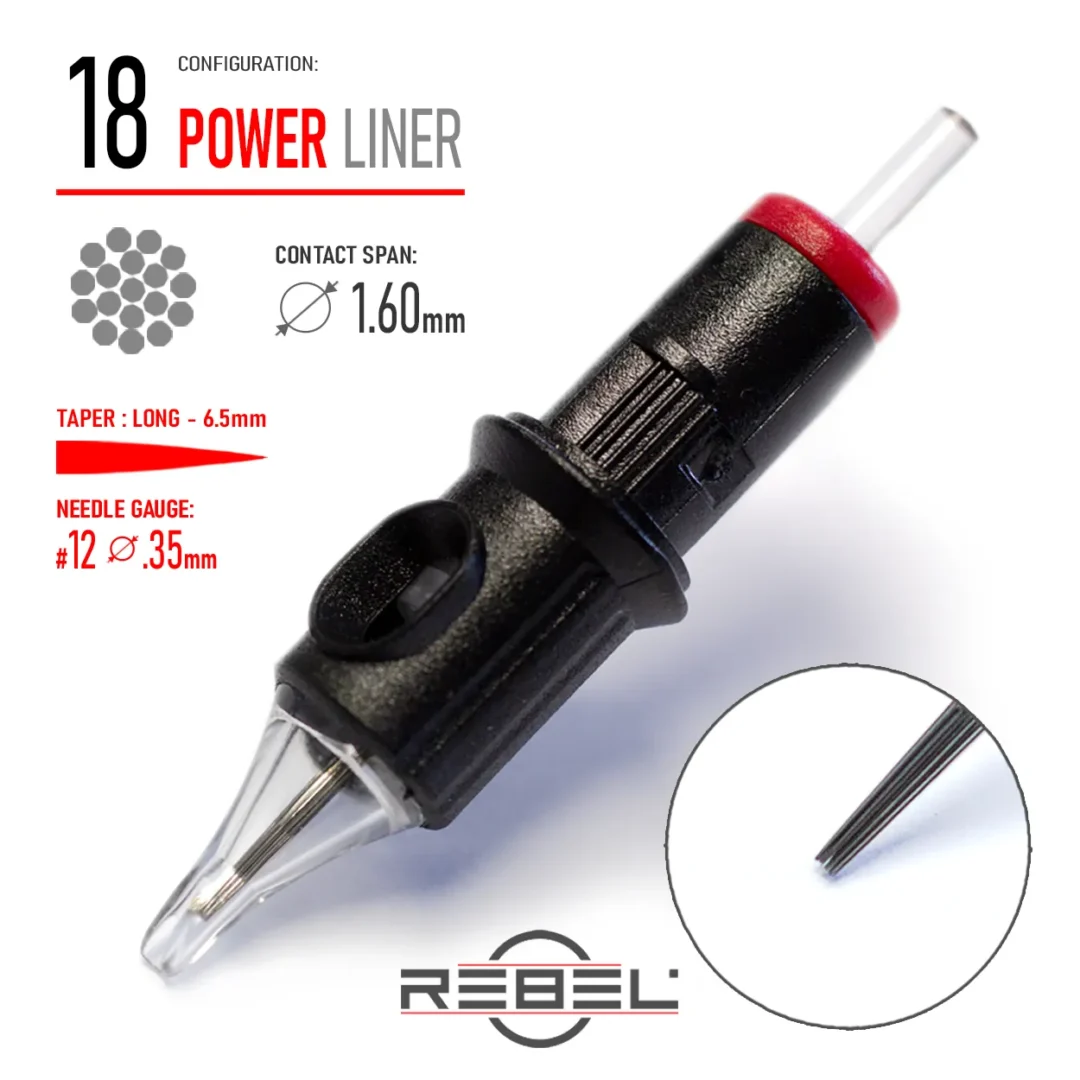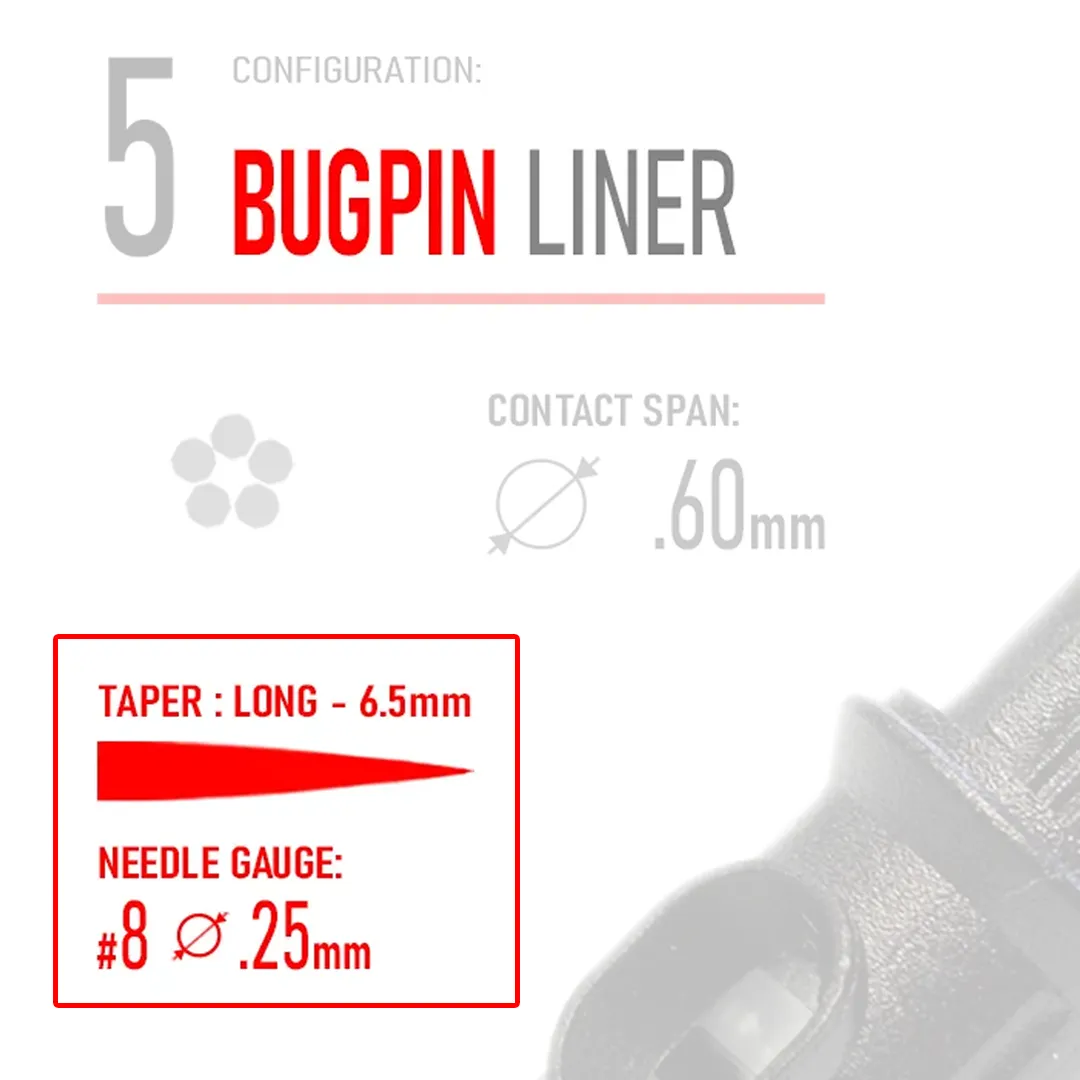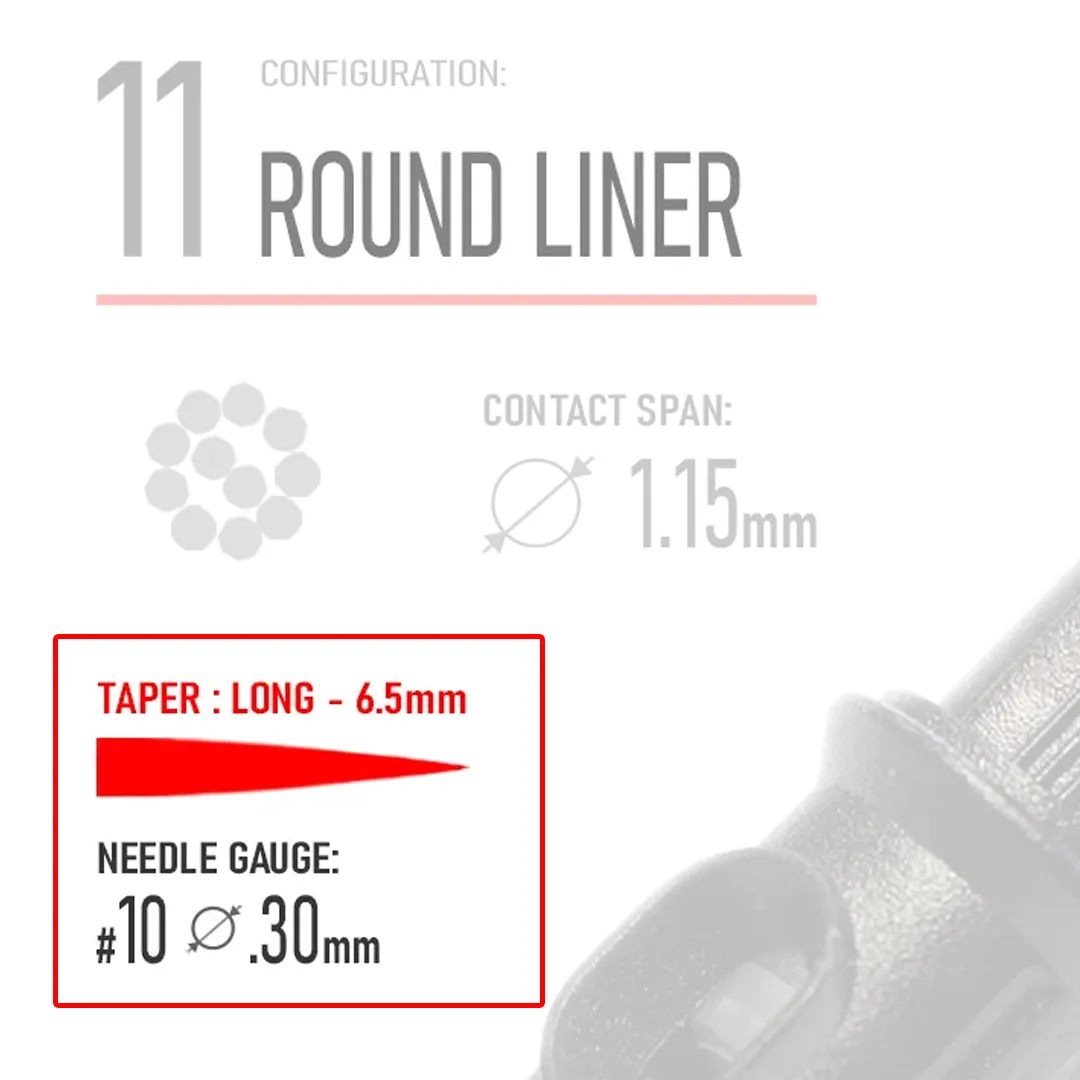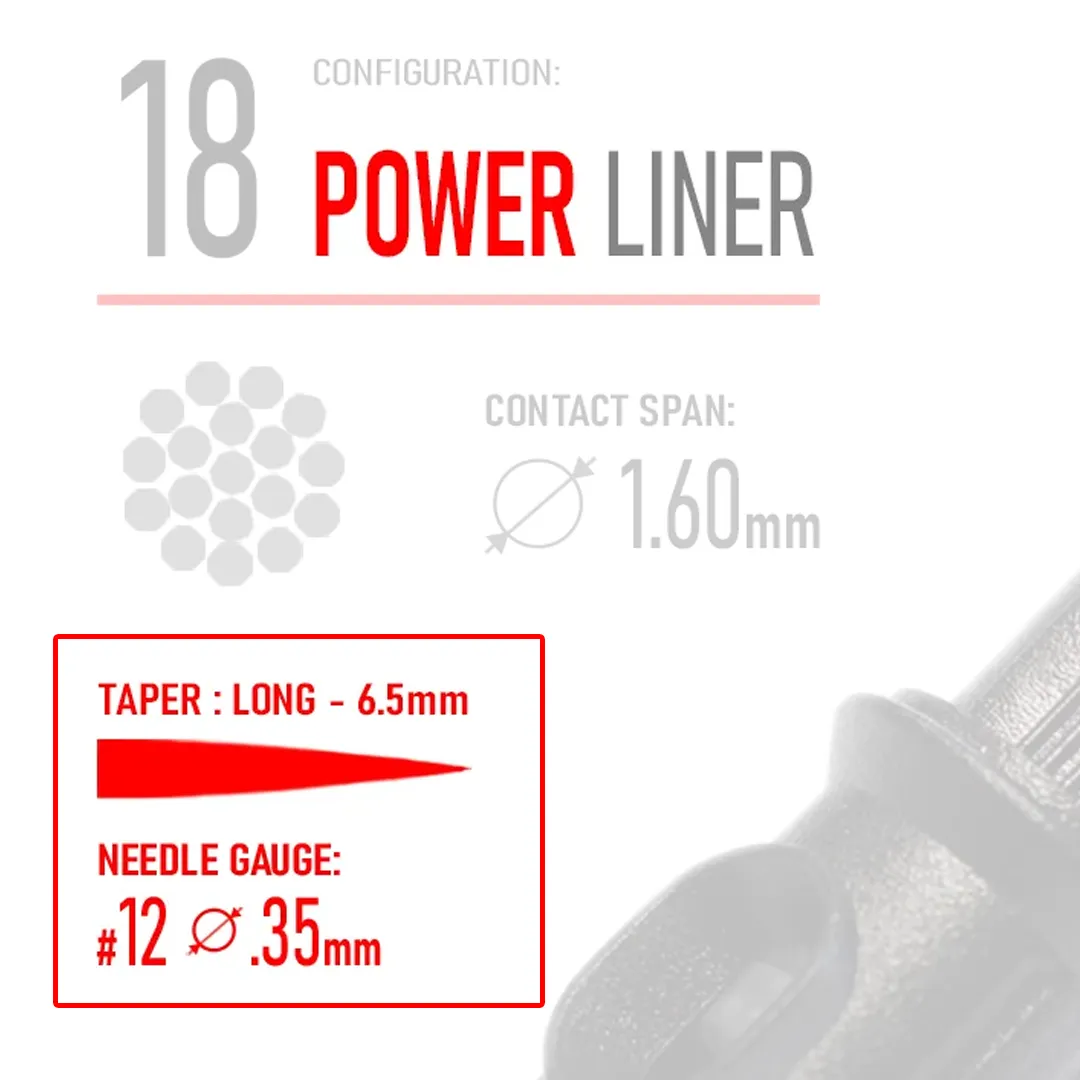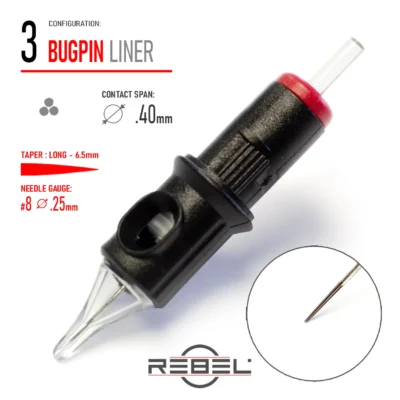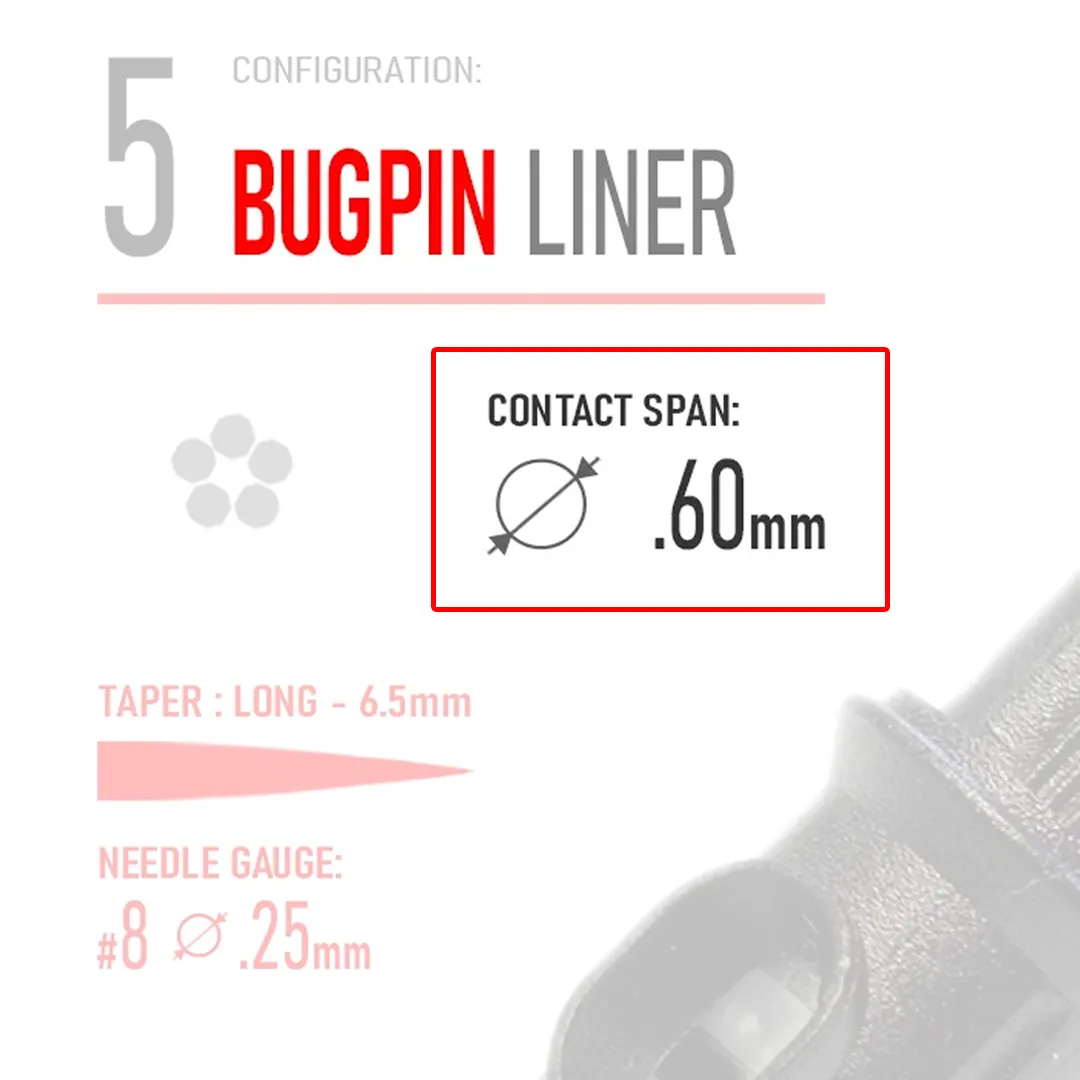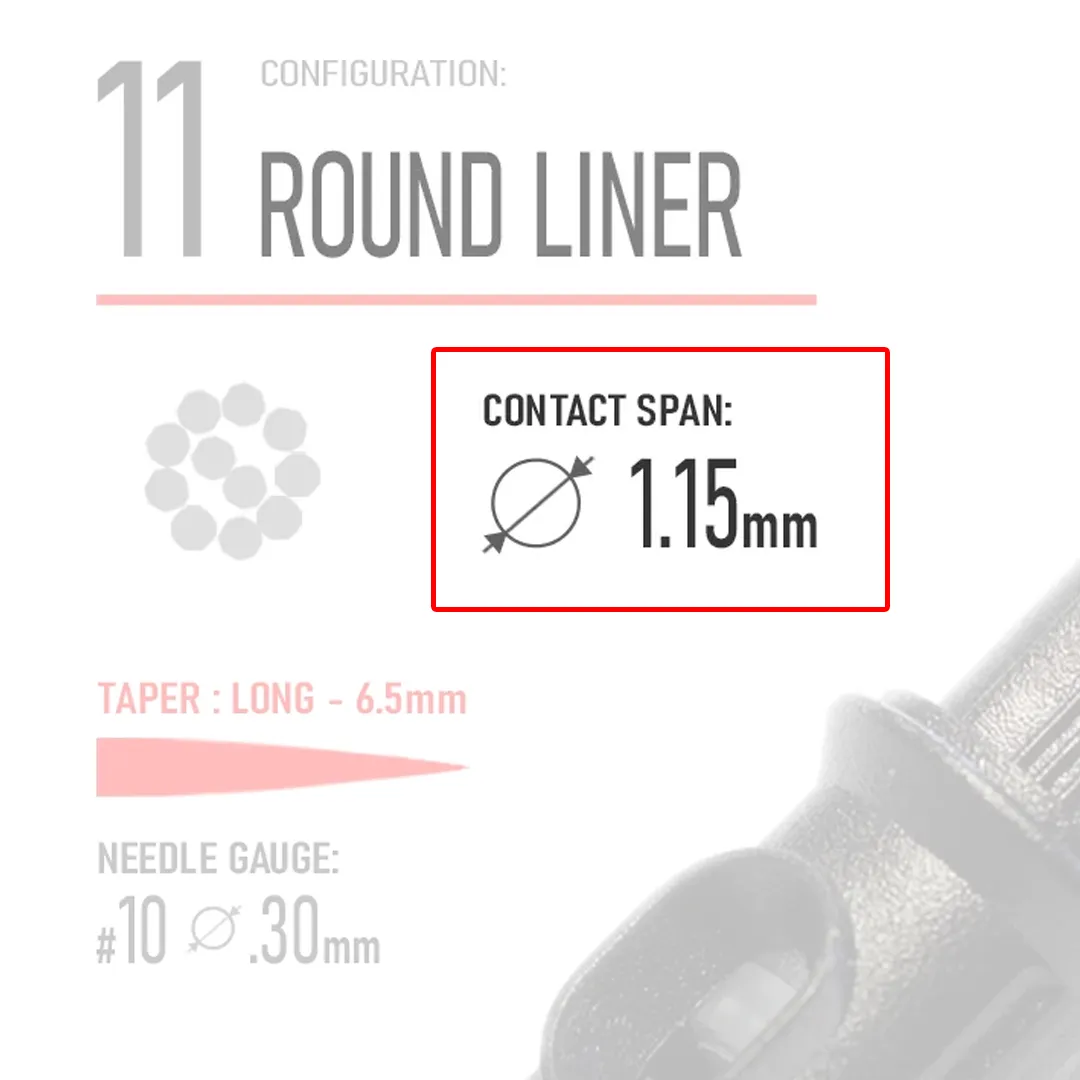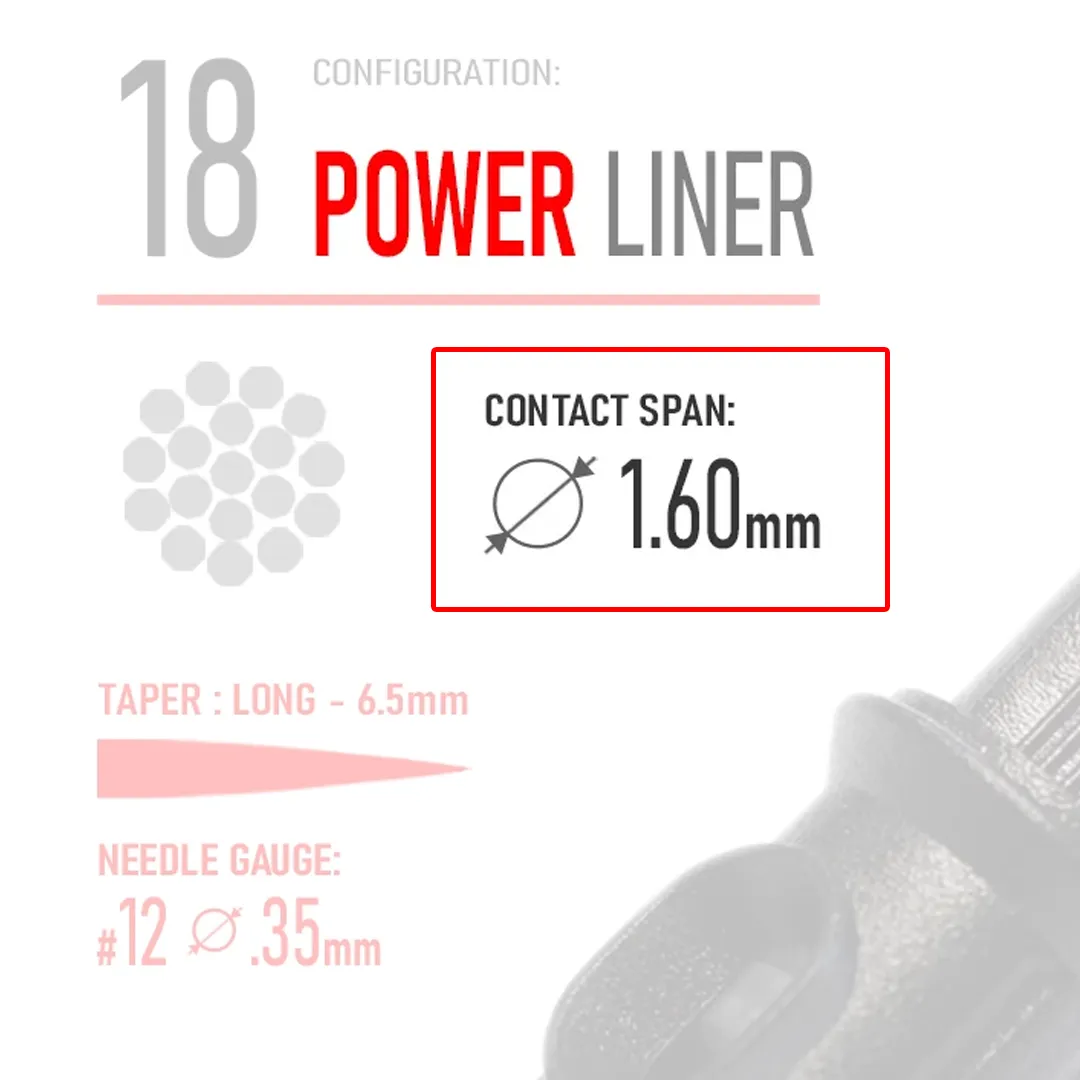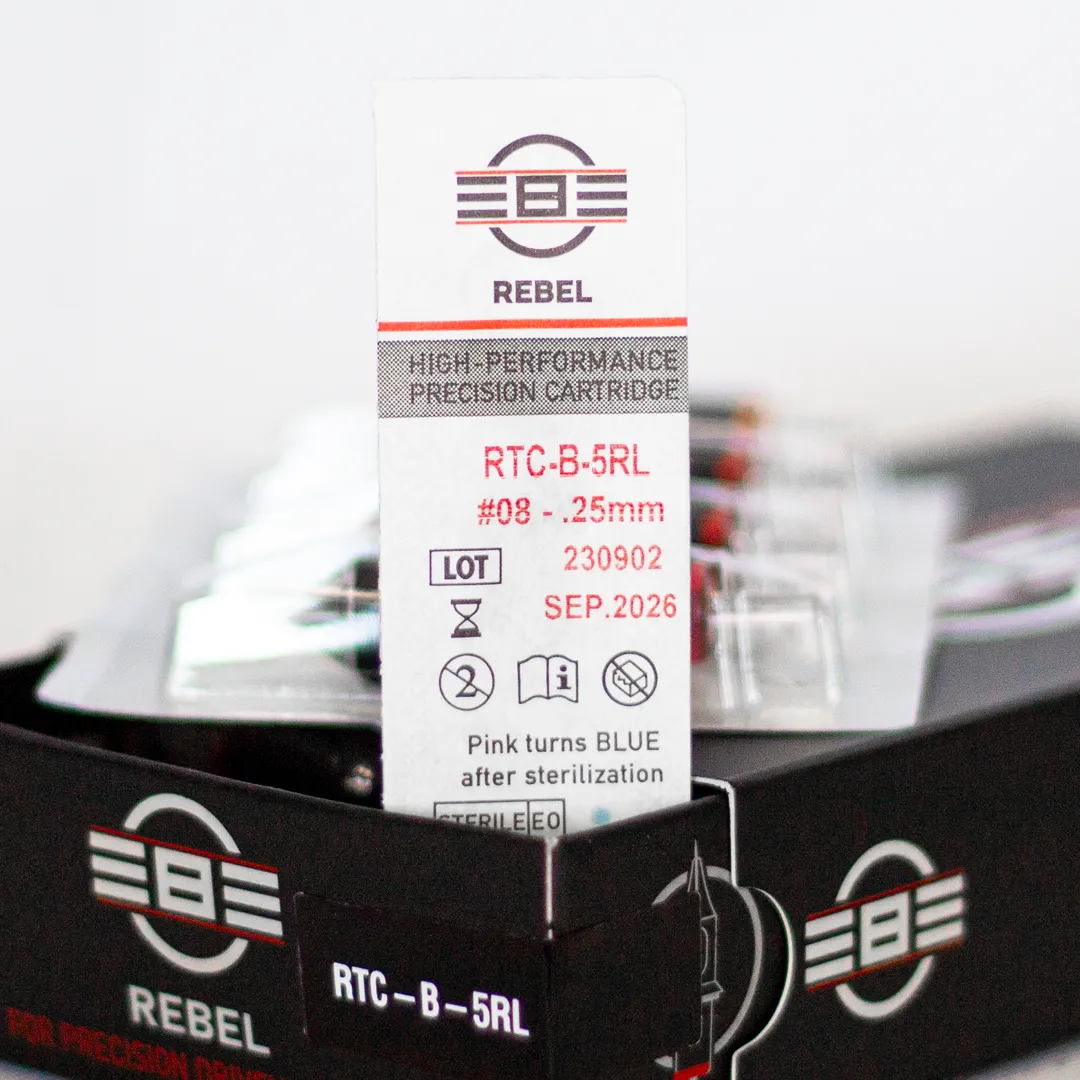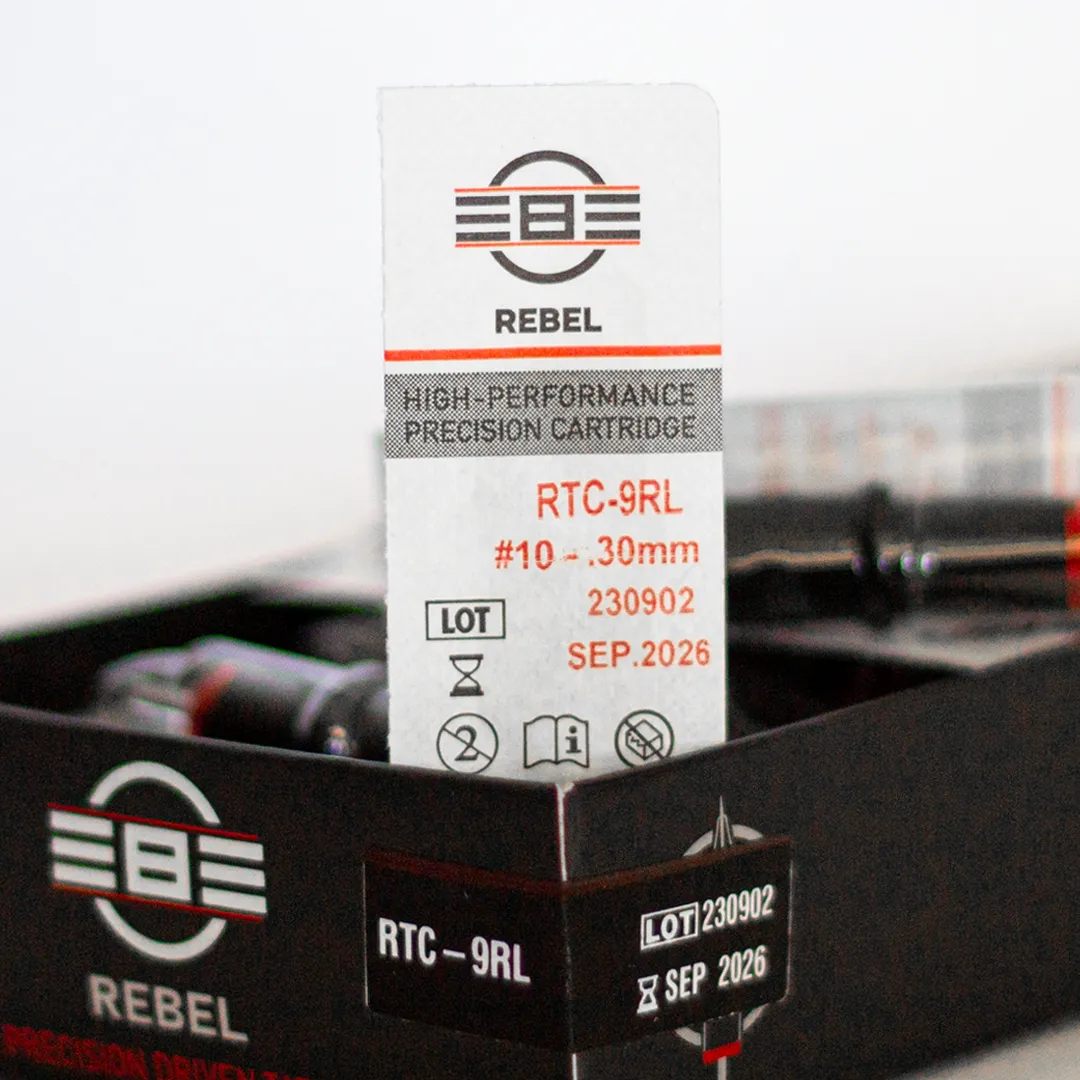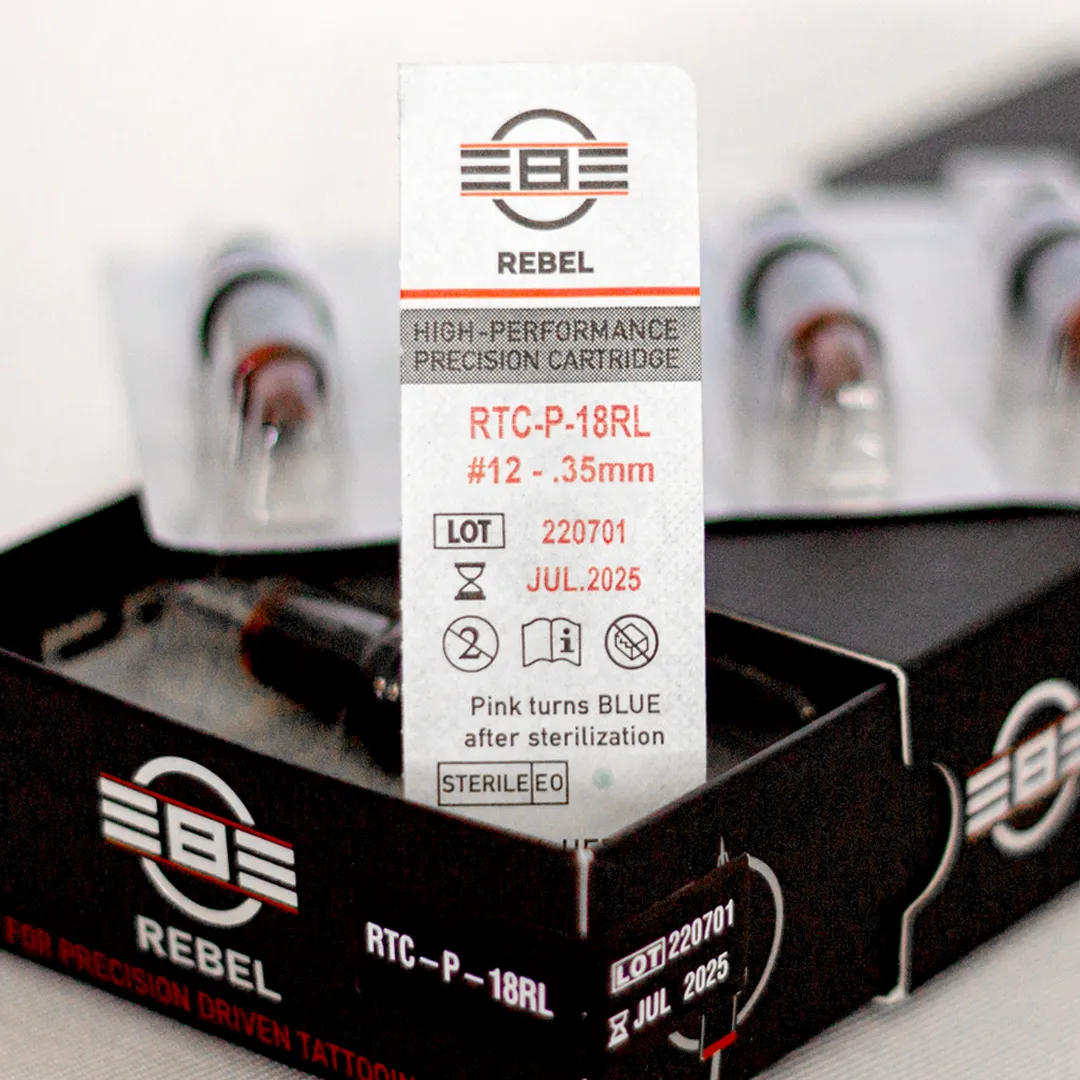LIVE - Rebellion Reads Posts
Liner Tattoo Needle Configurations Explained | Tattoo Equipment Evolution Pt. 3
Understanding Liner Tattoo Needle Configurations
Liner tattoo needle configurations form a key foundation of precision tattooing. In Part 1 of the Tattoo Equipment Evolution Series, we explored how tattoo needles evolved — from hand-soldered bundles to modern cartridges. Then, in Part 2, we examined different needle types and how their groupings affect performance.
Now, in Part 3, we focus on liner configurations. Specifically, these setups help artists create crisp outlines, fine details, and consistent linework. Furthermore, by understanding how liners are arranged and when to use each variation, you can choose the right tool for every tattoo.
What Are Round Liner Tattoo Needles Configurations?
As the name suggests, round liner tattoo needle configurations create lines and hard edges, depending on the tattooing style you choose. However, they are not suitable for covering large areas or shading. Instead, they produce precise outlines, making them ideal for crisp line designs, such as geometric tattoos that rely on this precision.
Manufacturers design these needles to end in a sharp point, and the length of the taper determines how closely the needles can be grouped. Attempting to shade large areas with round liners can damage the skin. Tightly grouped needles ending in a small point cannot consistently cover a large surface. Overworking the skin in this way stresses the tissue and often results in heavier scabbing during healing.
How to Recognize Liner Tattoo Needles
Liner needles group tightly together and end almost in a point. As a result, this design allows tattoo artists to produce sharp, crisp marks on the skin, making them ideal for fine details.
Moreover, liner needles mimic a liner paintbrush in traditional art. Just as a liner brush creates clean edges in painting, liner tattoo needles allow artists to transfer the same precision to tattooing. For more information, see this painting guide.

Common Liner Needle Gauges
Liner configurations usually use long tapered needles. Furthermore, some manufacturers offer extra-long tapered versions. Specifically, REBEL liners come in three standard gauges:
-
#8 (0.25mm) – Fine – (BUGPIN)
-
#10 (0.30mm) – Standard
-
#12 (0.35mm) – Thick – (POWER Liner)
Note: All REBEL liner configurations belong to the LONG TAPER group.

Bugpin Liner Tattoo Needle Configurations
When a liner uses the 0.25mm fine (#8) gauge, it is known in the industry as a bugpin. Although the exact origin of the term is unclear, it has become the standard way to describe tattoo needles made from 0.25mm fine (#8) gauge wire. The name likely comes from the ultra-thin pins traditionally used to display butterflies, emphasizing their sharpness and delicacy. Because of their smaller gauge, bugpin needles can be grouped into tighter configurations, making them ideal for ultra-fine details and precise linework.
Needle Counts and Identification
Liner needles are typically soldered in odd-numbered groupings. REBEL offers configurations ranging from 1 up to 18 needles. For example, common setups include 3RL, 5RL, 7RL, 9RL, and 11RL, but we also provide an 8RL configuration.
The tattoo industry uses a straightforward identification system:
-
7-needle round liner = 7RL
-
18-needle round liner = 18RL
Meanwhile, at REBEL, we add our brand abbreviation for clarity:
-
RTC-9RL = REBEL Tattoo Cartridge – 9 Round Liner
REBEL Precision Liner Cartridges
Here are examples from REBEL, showing how gauge and configuration define the contact span:
- REBEL Bugpin Round Liner (5-needle, #8 / 0.25mm, long taper) → 0.60mm contact span
- REBEL Round Liner – Standard (9-needle, #10 / 0.30mm, long taper) → 1.10mm contact span
- REBEL Power Liner (18-needle, #12 / 0.35mm, long taper) → 1.60mm contact span
Therefore, artists have precise options for any linework style.
REBEL Contact Span definition
The term Contact Span is a REBEL innovation. It defines the exact surface of the tattoo needle that touches the skin and leaves the inked mark. Importantly, REBEL is the first in the industry to define needle configurations with this level of precision, reflecting our commitment to clarity and accuracy for professional tattoo artists. In doing so, we established a unified measurement that makes it possible to compare different brands and their unique manufacturing codes on equal ground. Ultimately, what truly matters is how thick a line the needle produces or how much surface a configuration can cover when used for shading.
Contact Span in Liner Tattoo Needle Configurations
For liner tattoo needles, Contact Span represents the total diameter of the configuration, determined by the number of needles, their gauge size, and their taper type. This measurement dictates the thickness of the line or dot the configuration produces. Because of the nature of their grouping, the Contact Span of liner needles forms a round circle shape. The diameter of these dots, when placed in sequence, forms the tattooed line as we see it. Thus, dot diameter equals line weight for the human eye, since the tattoo machine creates punctures so close together that they visually blend into a continuous line.
As a result, this measurement helps artists choose the right needle configuration from the categories (Bugpin-, Standard – or Power Liner) according to the required line weight.:
- #8 (0.25mm) = BUGPIN Liners
- #10 (0.30mm) = Standard Liners
- #12 (0.35mm) = POWER Liners
Additionally, REBEL packaging clearly indicates the gauge at a glance using abbreviations. For example:
- BUGPIN 5 Liner: RTC-B-5RL, where B stands for Bugpin (#8 needle gauge)
- Standard 9RL: RTC-9RL, indicating a regular (#10) needle gauge
- POWER Liner 18: RTC-P-18RL, where P stands for Power Liner (#12 needle gauge)
Taper information, however, is not displayed on the printface of the blister packaging.
Liner Tattoo Needle Configurations by Size
Different gauges can overlap to achieve the same contact span. For instance, a 7RL Bugpin (#8 / 0.25mm) matches a 5RL Standard (#10 / 0.30mm) and a 3RL Power (#12 / 0.35mm).
This flexibility allows manufacturers to setup their preferred inventory based on their own preferences, and popular techniques. Additionally, it ensures greater control over every line.
The chart below illustrates all theoretical possibilities, showing how different gauges can achieve the same contact span and how REBEL selected its inventory from this range.
You can study the theoretical liner tattoo needle variations bellow:

Note: Matching color fields indicate overlapping needle configurations, showing the manufacturing possibilities of different gauges to create the same contact span.
REBEL Liner Tattoo Needle Configurations Inventory Strategy
At REBEL, we designed our Round Liner inventory to cover a wide range of contact span, from 0.30mm to 1.60mm. Therefore, artists can match their exact preferences, whether for ultra-fine realism, bold traditional lines, or anything in between.

Final Thoughts
Liner tattoo needle configurations form the backbone of precise tattooing. By understanding gauge, taper, and contact span, artists can select the right tool for every line.
At REBEL, our precision cartridges deliver the consistency and reliability artists need to bring their designs to life.
Finally, stay tuned for the next installment of the Tattoo Equipment Evolution Series, where we continue revealing professional tattoo supply insights.
◦ Caesar The Hun
